
Gasfet Frequency Doubler
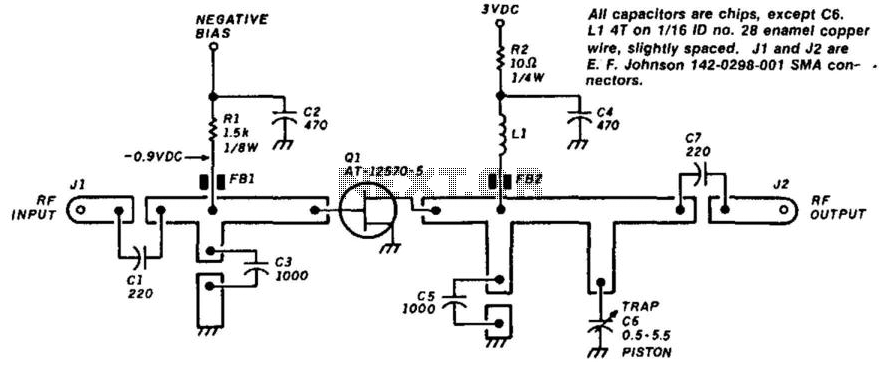
This circuit will produce over +10 dBm in the 1800-3000 MHz range. Drive power is 7 dBm in the 900 to 1500 MHz range. The PC board is G-10 epoxy double-sided. Artwork is shown above, as well as parts placement. Connectors suitable for these frequencies (such as SMA) should be used. A negative bias supply of 0 to 3 V is required.
The described circuit is designed for operation within the frequency range of 1800 to 3000 MHz, achieving an output power level exceeding +10 dBm. It utilizes a drive power of 7 dBm, specifically optimized for the lower frequency range of 900 to 1500 MHz. The circuit is implemented on a G-10 epoxy double-sided printed circuit board (PCB), which is known for its durability and thermal stability, making it suitable for high-frequency applications.
The PCB layout is critical for performance at these frequencies; hence, the artwork and parts placement must be meticulously designed to minimize signal loss and maintain impedance matching throughout the circuit. It is recommended to use connectors that are appropriate for these frequency ranges, such as SMA connectors, which provide reliable connections with minimal signal degradation.
For proper operation, the circuit requires a negative bias supply that can be adjusted between 0 to 3 V. This biasing is essential for the active components within the circuit, influencing their operating points and overall performance. Careful consideration should be given to the power supply design to ensure low noise and stability, which are crucial for maintaining signal integrity in high-frequency applications.
Overall, this circuit is suitable for applications requiring amplification and signal processing within the specified frequency ranges, making it a valuable component in RF communication systems. This circuit will produce over +10 dBm in the 1800-3 000-MHz range. Drive power is 7 dBm in the 900-to-l 500-MHz r ange. The PC board is G-10 Epoxy doublesided. Artwork is shown above, as well as parts placement connectors suitable for these frequencies (such as SMA) should be used. A negative bias supply of 0 to 3 V is required. 🔗 External reference
The described circuit is designed for operation within the frequency range of 1800 to 3000 MHz, achieving an output power level exceeding +10 dBm. It utilizes a drive power of 7 dBm, specifically optimized for the lower frequency range of 900 to 1500 MHz. The circuit is implemented on a G-10 epoxy double-sided printed circuit board (PCB), which is known for its durability and thermal stability, making it suitable for high-frequency applications.
The PCB layout is critical for performance at these frequencies; hence, the artwork and parts placement must be meticulously designed to minimize signal loss and maintain impedance matching throughout the circuit. It is recommended to use connectors that are appropriate for these frequency ranges, such as SMA connectors, which provide reliable connections with minimal signal degradation.
For proper operation, the circuit requires a negative bias supply that can be adjusted between 0 to 3 V. This biasing is essential for the active components within the circuit, influencing their operating points and overall performance. Careful consideration should be given to the power supply design to ensure low noise and stability, which are crucial for maintaining signal integrity in high-frequency applications.
Overall, this circuit is suitable for applications requiring amplification and signal processing within the specified frequency ranges, making it a valuable component in RF communication systems. This circuit will produce over +10 dBm in the 1800-3 000-MHz range. Drive power is 7 dBm in the 900-to-l 500-MHz r ange. The PC board is G-10 Epoxy doublesided. Artwork is shown above, as well as parts placement connectors suitable for these frequencies (such as SMA) should be used. A negative bias supply of 0 to 3 V is required. 🔗 External reference
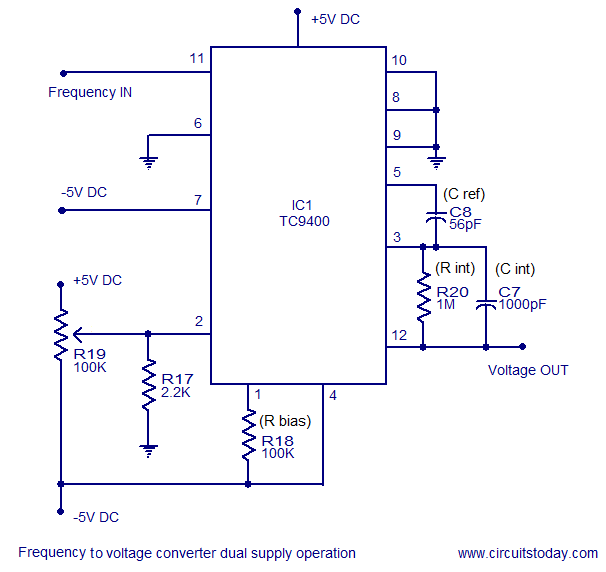
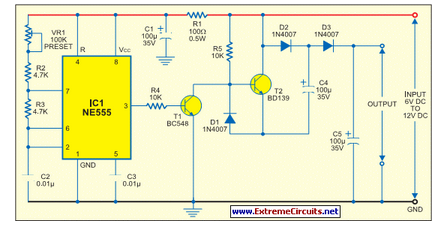
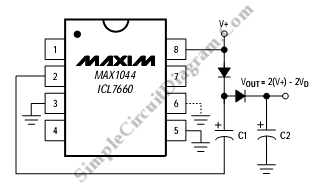
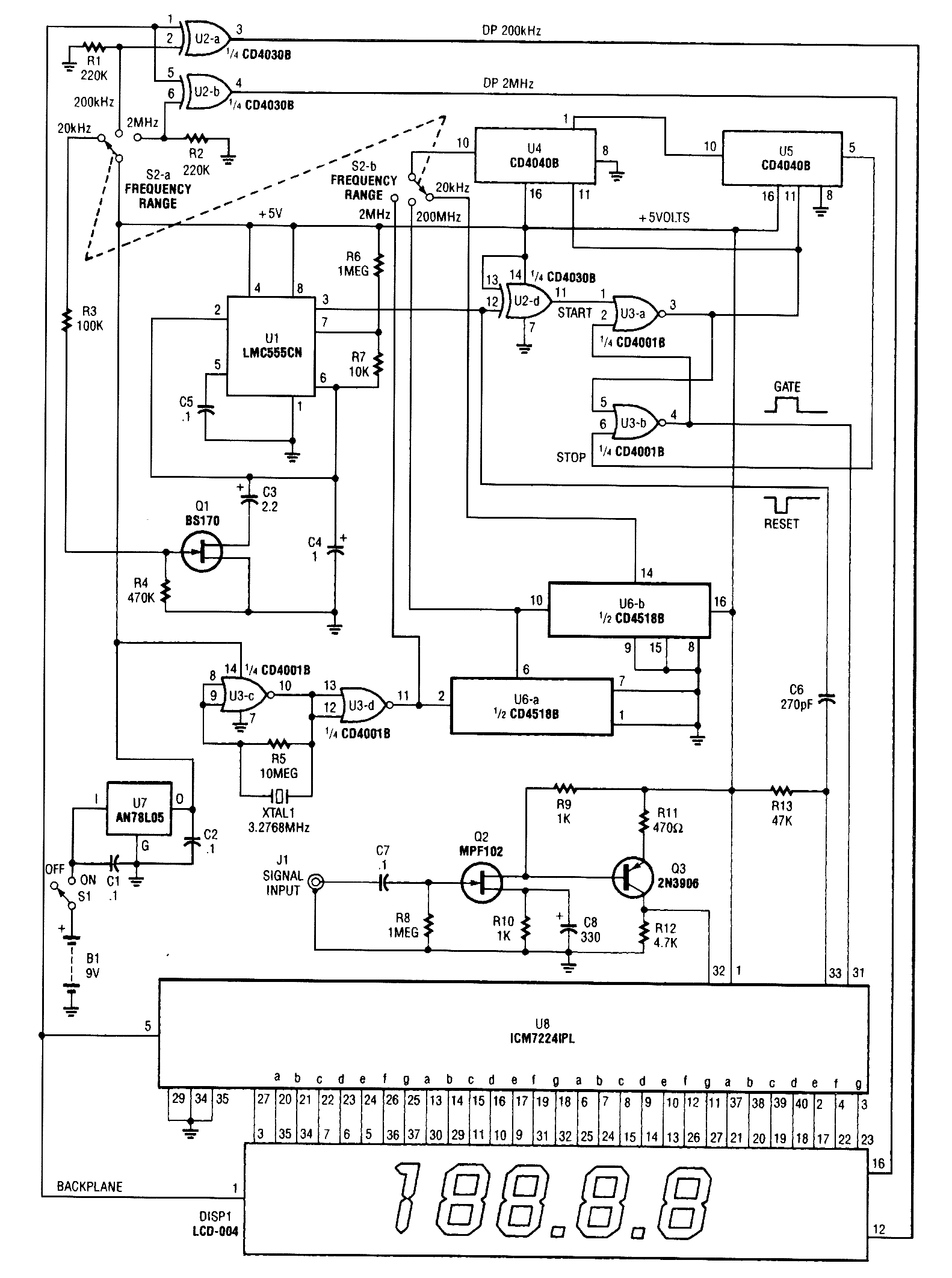
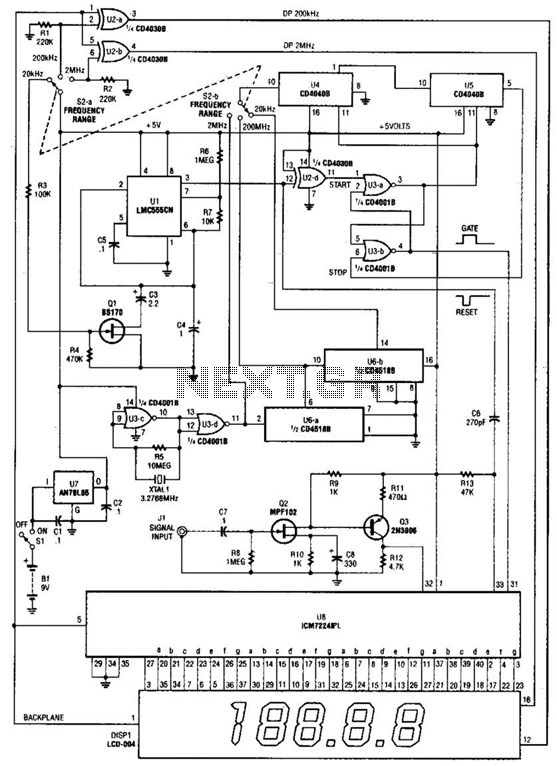
%2Bdecoder%2BCircuit%2Bschematic%2Busing%2BM8870.png)